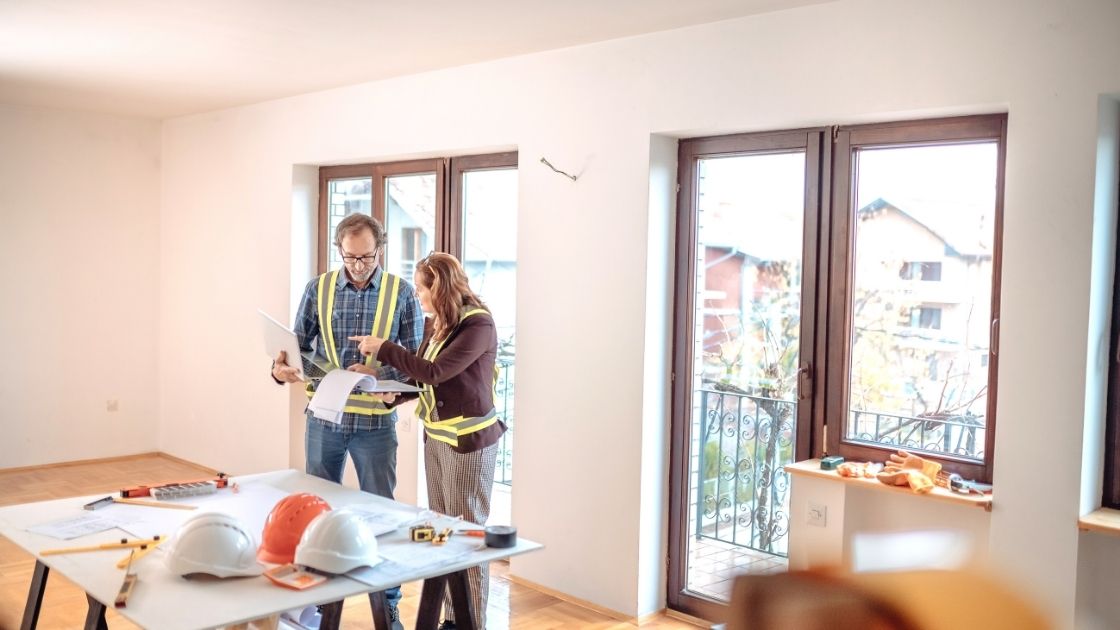Any plans after retirement? Will you solely depend on your pension and rather cruise along with a pensioned lifestyle or strive to continue earning to enjoy a lifestyle you have always envisioned? You do not have to wait when you are old. You can start planning your retirement and the lifestyle you want as early as now. You can start investing in rental properties now to add to your income when the time comes. You will enjoy an active lifestyle on passive income. Starting earlier, however, may present some limitations, especially when there are not enough funds to finance your project. So to help you start, here are three financing options for you to look into and choose what works best for you.
Here is an Overview of the Three Loan Programs
|
Cash On Refinancing |
Home Equity Letter of Credit |
Reverse Mortgage |
|
Mortgage any of your own properties |
You can Mortgage your Primary Home Only | You can Mortgage your Primary Home Only |
| Get a lump sum of money | You can draw only what you need | Release can be thru a lump sum, monthly payments to you, a Line of Credit, or a term payment. |
|
Loan Up to 80% LTV |
Loan Up to 80% LTV | Loan Up to 75% LTV |
| Mortgage origination and closing fees, Pre-Payment penalties | Fees every draw, No pre-payment penalties |
Origination Fees, Closing costs, mortgage fees, Pre-Payment penalties |
| Ownership Seasoning | No Seasoning Requirement |
No Seasoning Requirement |
Cash-Out Refinancing
Cash-out refinancing is applicable on any mortgaged property you have, be it your own home, a second home, or any of your rentals that has a mortgage on it. The amount of money you will receive will depend on the appraised value of the property and your outstanding balance.
In this financing scheme, the lender will be closing your current mortgage before replacing it with a new one. A Cash-Out Refinancing mortgage is a new loan on the property. There will be a new interest rate, and you will pay closing and origination fees again. You will start over with a new loan with a new amortization schedule. Whatever is the difference between your new mortgage and your outstanding balance, that will be your net loan proceeds.
In Cash-Out Refinancing, you can get as much as 70% to 80% of the appraised value of your property. In this scenario, the lower your outstanding balance, the more you can get from the refinancing. An improved appraised value can also help increase the amount of funds you can get from the cash-out refinancing, so long as your total loan does not exceed the 80% LTV limit.
Home Equity Line of Credit
Also popularly known as HELOC, the Home Equity Line of Credit takes another approach in allowing you to draw funds from the equity portion of your mortgage. A Home Equity Line of Credit is allowed only on a property that is your primary home, meaning that you should be living in the mortgaged property. This type of loan allows you to draw up to 80% LTV, meaning you can have a maximum of 80% of the appraised value of your home. The net loan amount that you receive, of course, shall depend on the outstanding balance of your mortgage, vis-a-vis the appraised value. To illustrate, let us assume the following:
Appraised Value: 400,000.00
80% LTV: 320,000.00
Outstanding Balance: 200,000.00
Allowable HELOC: 120,000.00
The higher LTV ratio allowed by a HELOC mortgage is because it is your own home you are mortgaging, and in any case, it will be the last thing you would let go into foreclosure.
HELOCs allow you to draw what you only need at a time. Interest application will only be on the funds that you have drawn. Fees are also applied every time you draw from your approved loan amount. You can apply for a HELOC anytime, and there is no need for seasoning of sorts since it is your primary home.
In contrast to a Cash-Out Refinancing option, a HELOC does not pay off your current mortgage on your property. The HELOC is a mortgage on top of your existing mortgage. You will, in effect, be paying monthly amortizations for two mortgages in one real estate property.
A Home Equity Loan, on the other hand, gives you funds as a lump sum. It is essentially a second mortgage on your real estate property. You will still pay all the associated costs and fees as in a regular mortgage.
Reverse Mortgage
A Reverse Mortgage is for people who are 62 years old and above. In a reverse mortgage, you can receive funds through a lump sum, in monthly installments over a set period, or until a borrower is still alive, and as a line of credit. Reverse Mortgage interest rates vary according to how you want to receive your loan. There will be a fixed interest rate for a lump sum or a one-time loan release and an adjustable interest for a Letter of Credit. Interest rates for a reverse mortgage are higher than those for Cash-Out Refinancing or Home Equity Loans. Though you are not obliged to pay them regularly, they accumulate throughout the loan.
You can get more funds when you have a better equity position on your property, but be mindful that you can only get as much as 75% of the appraised value of your property. An existing mortgage on your property will reduce your net loan proceeds. You also do not have to prove your capacity to pay, nor a credit score is material when a lender evaluates a reverse mortgage application. However, you still need to submit documents that will prove that you will be able to settle the usual obligations of a homeowner, and these are the only things the lender would like you to pay or settle without fail.
Payments, Fees, and Other Obligations
There are no monthly payments on a Reverse Mortgage, but you have obligations to fulfill as part of the deal. These obligations include payment of Property Taxes and overseeing proper maintenance. You also have to ensure that the property is in a very livable condition. You should also be religious in the Payment of Servicing Fees, Homeowner’s Fees, and Insurance Premiums. In a Reverse Mortgage, you have to live in your property for the rest of your life. Or if due to uncontrollable circumstances you need to stay somewhere else, you can not be staying in other properties or facilities for more than one year.
A reverse mortgage is like a new mortgage on the property. You need to pay the usual Closing Costs, Origination Fees, Insurance Premiums, and a Mortgage Insurance Premium of 0.5% of the loan balance payable to the Federal Housing Administration. The FHA Insurance will come into effect in such cases when your home sells at an amount that is lower than your outstanding balance. In this scenario, The FHA will pay the loan balance to the lender.
What Happens When You Pass Away
In cases when the co-borrower and co-borrower pass away, the debt will be automatically due and payable. Your heirs have 30 days to decide what to do with the property. They can, for instance, buy the property, sell it, or leave it to the lender. And since there are no payments to the lender, there are cases where the heirs have to pay 95% of the property value to retain the property.
Retiring with a Rental Property Business
While a Reverse Mortgage can sometimes be an advantage to retirees, they limit your equity portion on your home. They have higher interest rates, higher upfront fees, and closing fees. Sometimes, a Cash-Out Refinance or a HELOC may be more suitable for your needs, especially when you plan to go into the property rental business. A Reverse Mortgage generally ties you up to your lender and limits the flexibility to take advantage of your home equity, especially when your home value appreciates.
So if you are planning to go into the property rental business, consider other loan packages to maximize the potential of your property. A Cash-Out Refinance or a Home Equity Loan can help you start a rental property business. They are not as restrictive and can give you flexibility in dealing with your finances. Match them up with well-designed plans such as the BRRRR method, and you will see success in multiple folds.
Talk to us at GL&L Holdings, we have just the right programs to help you add to that cash flow, and enjoy your retirement at the same time. Call us now at (832) 770-9415 or send us an email at info@gllholdings.com. We will be more than glad to accommodate you.


